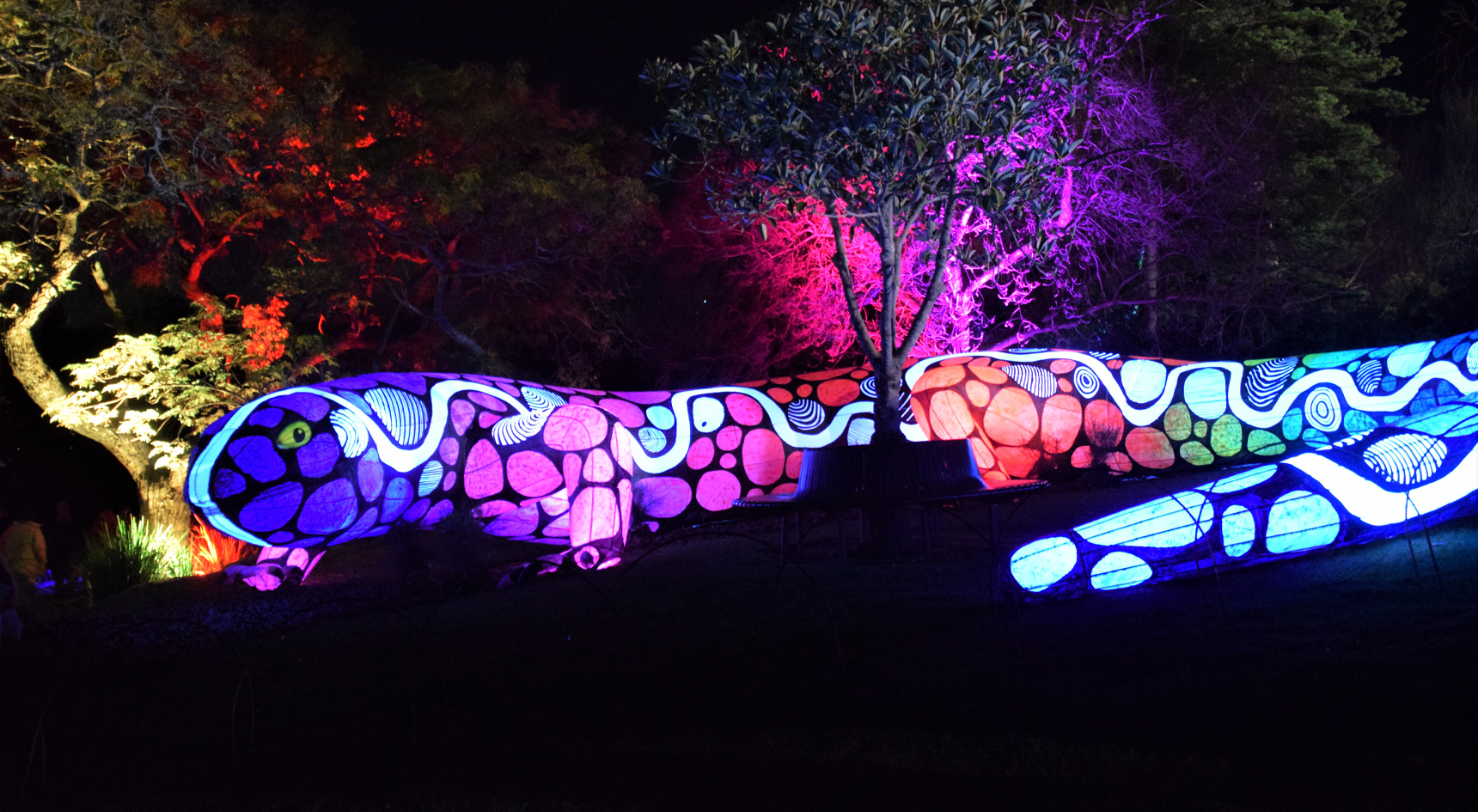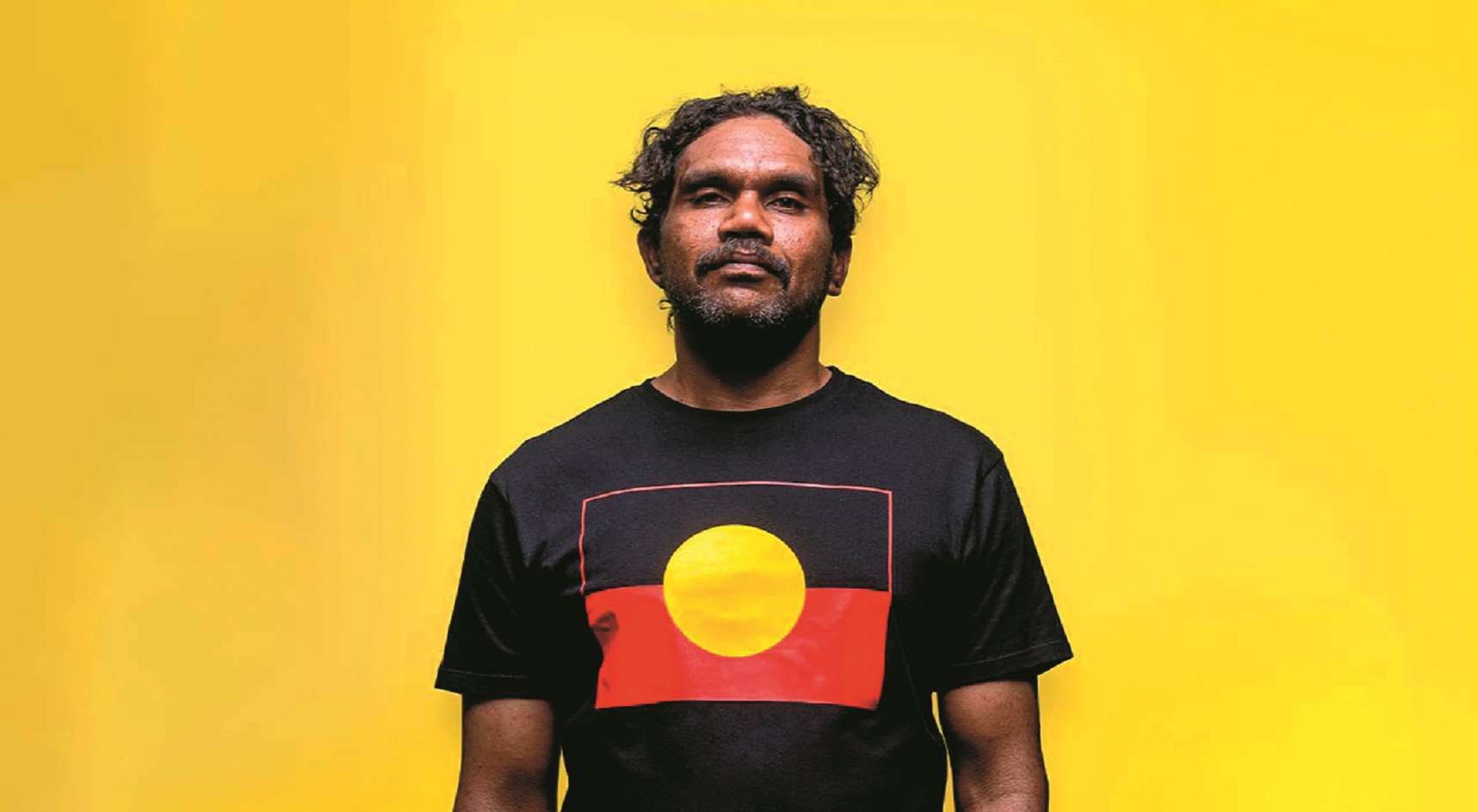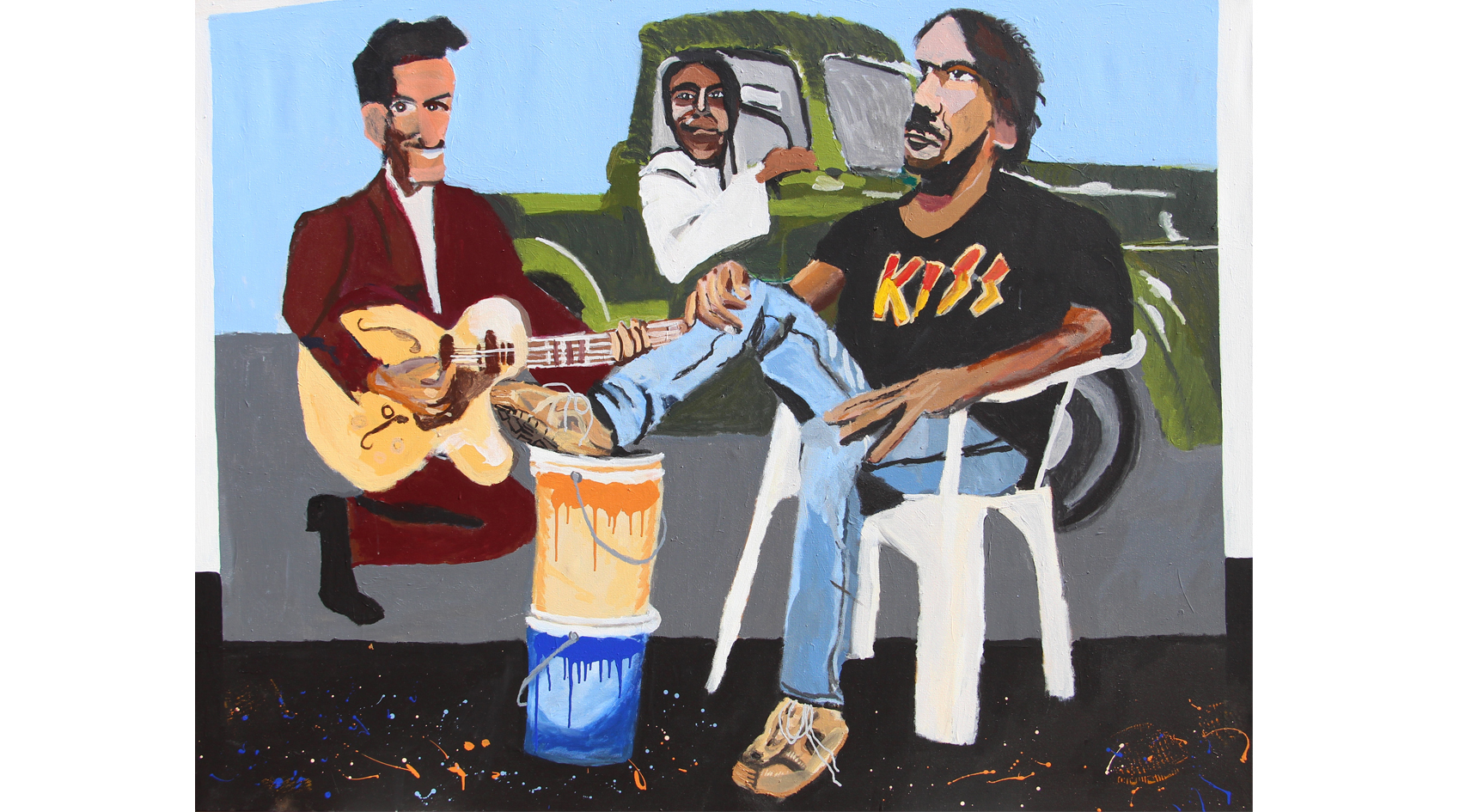Inside the studios at Illuminate Adelaide

Dazzling neon. Immersive installations. Emotional journeys. That’s what audiences experienced at Illuminate Adelaide in 2021.
Now the celebration of art, light, sound and technology returns with a bigger, brighter and bolder program.
We spoke to artists Elizabeth Close, Vincent Namatjira and Liam Somerville about their powerful light installations at this year’s festival.
Elizabeth Close
Hailing from the APY Lands in Central Australia, Elizabeth Close is a Pitjantjatjara and Yankunytjatjara woman whose unique work fuses traditional and contemporary Aboriginal art.
The Adelaide-based visual artists’ journey started with painting on canvas and has transformed into large scale public art, digital design and now light installations.
She’s using her latest installation titled New Light as a different way to explore ancient stories from her culture.
View this post on Instagram
Using a series of experimental and diverse moving images, Elizabeth describes New Light as her way to “increase the visibility of Aboriginal art and culture in the public space”.
“For tens of thousands of years, we have looked to the night sky for our navigation or Tjurkurpa [Dreaming, lore, way of life], and our stories,” Elizabeth says.
Light installations demand intense collaboration. In fact, Elizabeth says mutual trust between artists and a respect for storytelling is crucial to making it all work.

“I have been very fortunate to work alongside some incredible mentors, like artists Joel Van Moore and Dave Court,” she says.
“It hasn’t always been easy, but we get great outcomes in the end – I couldn’t be prouder of what we’ve achieved. There is so much power in collaboration.”
While Elizabeth admits she’s keen to get back in the studio and work on exhibition pieces, she loves to push boundaries with her art.
“I love the power that public art has to make art accessible to everyone and not just those who can afford it or feel safe enough to enter what are essentially very colonial institutions.”
Vincent Namatjira
Growing up in Perth, Vincent Namatjira was more into footy than painting.
He idolised Aboriginal footballers. Some of his heroes were West Coast Eagles legends Chris Lewis, Peter Matera and Chris Mainwaring.
At 18, Vincent – an Arrente man – discovered his great-grandfather was Albert Namatjira, one of Australia’s most famous artists, and his life changed forever. That’s when he picked up a paintbrush for the first time.

“I really respect my great-grandfather’s legacy and how he made his mark with watercolour landscape painting,” Vincent says.
Despite heralding from art royalty, Vincent wanted to paint his story on a clean canvas.
“I’ve got to do things my own way, in my own style,” he says.
“I was always determined to find my own path.”
That path has led to critical acclaim, worldwide exhibitions and becoming the first Aboriginal artist to win the Archibald Prize – Australia’s most prestigious art award – for his portrait of champion Sydney Swans footballer Adam Goodes.
“Winning the Archibald in 2020 was recognition of what I’m doing with my practice,” Vincent says.
“Becoming an artist has given me a voice. It’s made me proud and helped me become a role model for my community.
“It’s taken a lot of hard work to get where I am now.”

Crafting a light installation presented fresh challenges for Vincent, who is accustomed to working on flat canvas without considering architecture or the shape of a building.
“I’ve never done anything like this before,” he says. “But I like a challenge, so I was happy to give it a crack and have some fun with it.”
Vincent set out making a storyboard of all his ideas of what he wanted to show and how he wanted it to look.
“I shared a bunch of images from my paintings with the crew doing the animation. Their magic is making my ideas come to life,” he says.
And while Vincent’s installation lights up the Art Gallery of South Australia on the outside, his portraiture will adorn the walls inside as part of the Archie 100: A Century of the Archibald Prize exhibition.
“Art can be powerful. I see the paintbrush as a weapon because it is my tool to make my voice heard, to try and change things for the better.”
Liam Somerville
Every morning, a little kid in suburban Adelaide taped the TV cartoon, Dragon Ball Z using the family VHS video player so he could watch the end of each episode when he got home after school.
Liam Somerville, aka CAPITAL WASTE, didn’t know it at the time, but VHS would define much of his later work. This pixel-catcher eschews the Hollywood high-gloss for the messy distortion of DIY filmmaking. Electronic destruction is his aesthetic.
“Many years later, I used that same VCR to affect my early videos,” Liam says. “I really loved the crunchy, glitchy and unpredictability of old smashed up tapes.”
“Looking back, it really set the tone for the rest of my art practice and created an explorative nature within my approach to visuals.”
View this post on Instagram
Liam has teamed up with violinist Tahlia Petrosian, a classic music innovator, to create a hypnotic light installation at this year’s Illuminate Adelaide. Their work features in KLASSIK Underground, an immersive concert series pairing classical music with contemporary digital visuals.
Poetry, Zoom calls and musical compositions informed their collaboration, inspiring Liam to experiment with node-based coding software.
“There’s a lovely synergy between music and visuals,” he says. “My approach is to embody fractions of feelings from the story and create an aesthetic that complements the music.
“I invite the audience to be suspended in a different mind state.”
Liam’s prolific work across film, music videos, animation, VR, live videos and video installations owes a great debt to the analog age. His studio is a museum of vintage video gear. An ever-growing collection of old cameras, video mixers, titlemakers and more fill dusty racks from top-to-bottom.
“At the heart of my work is the inclusion of beautiful human imperfections in digital spaces, which are traditionally clean, straight and sterile.
“I like to invite chaos.”

